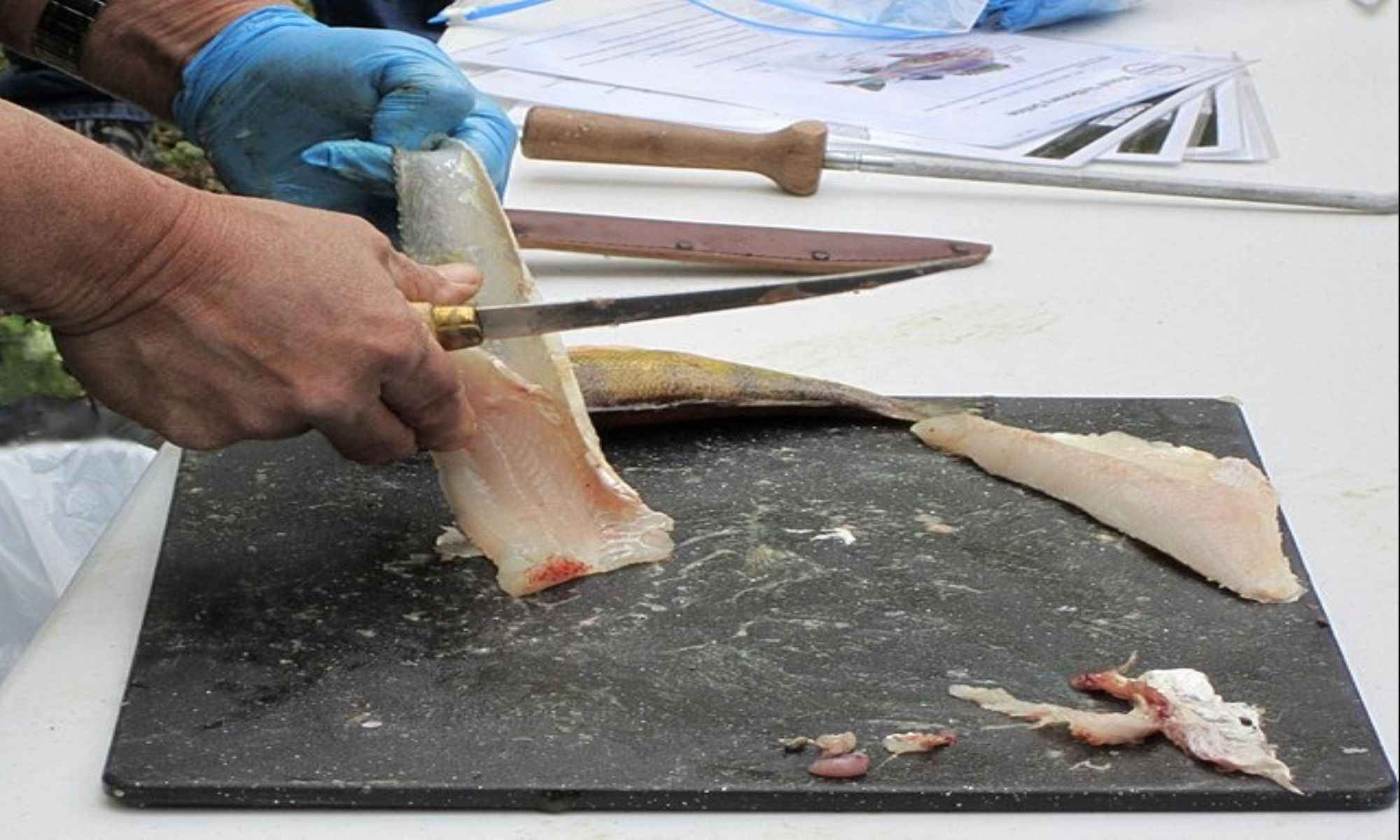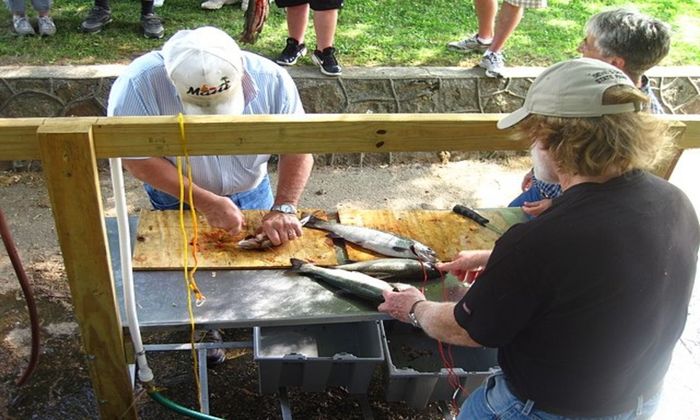How To Properly Fillet a Fish
A guide on how to properly clean, scale, gut, store, and fillet a fish you've caught.

Nothing beats freshly caught fish straight from the water and onto the grill after a long but rewarding day of fishing. We all know the famous saying, give a man a fish, and you feed him for a day, but teach him how to fish, and you can feed him for a lifetime. But there also needs to be a saying about teaching how anglers should adequately prepare the fresh fish once we’ve caught it. Knowing that you’ve caught a fish in the wild and sustainably gives you confidence in what you’re eating. Fish is one of the healthiest foods (especially in terms of meat sources) out there. However, you might not be confident in your fish filleting skills because it may seem intimidating. But it’s straightforward, albeit messy, and here’s how to do it:
Cleaning the Fish

Before we prepare the fish as a meal, it should have been properly stored and chilled or freshly caught. Some hungry anglers prefer to cook their fish whole, especially if they are small fish. Larger fish like largemouth bass, salmon, northern pike, and walleye are usually filleted. Knowing how to fillet a fish properly means getting its meat without the bones. Learning how to clean fish is necessary before you start filleting it. Otherwise, it’s going to be very messy.
1. Scaling
Removing the scales from the fish's skin is what is called scaling. You can find specially designed scalers to accomplish whatever you need to do to certain fish species. If you don’t have a scaler, you can use the back of a knife or a dull knife. To scale your fish, place the scaler near the tail and rub it along the skin toward the head. Repeat until all scales are removed, leaving the fish skin. You can wear fish cleaning gloves that are made of meshed metal for added safety and to protect your hands.

2. Gutting
Gutting a fish is relatively easy. Place the tip of your knife into the fish’s anus next to the tail and slice forward towards the head. The blade should naturally stop at the head. Spread its abdominal cavity open and remove its guts with your hands. Afterward, rinse the insides clean. If you’re not planning to cook the fish with its head, this is when you can remove it by cutting through the fish in front of its pectoral fin.
Filleting Fish
A filleted fish has its skin and bones removed, meaning you are left with its pure meat. Scaling is not necessary if you don’t plan to eat the skin. You will need a sharp fillet knife identifiable by a long, thin blade specifically designed for filleting fish. Here’s what you need to do to end up with a beautiful fish fillet:
- Safety should be your primary concern because a fillet knife is a dangerous tool and must be handled safely. If you have a slippery fish, wash its slime off itself, your hands, the cutting board, and the knife handle to avoid slipping accidents. Your hands should always be away from the blade.
- Lay the fish on its side on your cutting board or flat surface. Cut the fish behind its pectoral fin only up until its rib cage. You do not need to remove its scales or head.
- If you want to remove its head, turn the blade towards the tail and slice along the top of the ribs using its backbone as a guide. Turn the fish over and repeat the second and third steps.
- Insert the sharp knife close to the rib bones and cut the entire section of each fillet away. With its skin side down, insert the blade about half an inch from the tail. Firmly grip its tail and place the edge between the skin and the meat at an angle. With a bit of pressure and using a sawing motion, slice against (not through) the skin. The fillet should separate from the skin.
- After you’ve made your fillets wash them in cold water. Pat them dry with a paper towel or a clean cloth. Now you have fish fillets you can store or ready to cook!
Additional Tips
- You can keep the skin and bones after you fillet fish and use them to make some fish stock.
- Bleed out the fish if it’s freshly caught before cleaning and filleting it. This helps preserve its meat.
- Debone fillets using tweezers or a boning knife if there are stray bones that weren’t removed from the process.
- Store the fish on ice if you plan to eat it within two days after filleting it. Wrap it tightly in plastic wrap and put it inside a freezer-safe bag or container if you plan to have it later than two days. The fillets should stay good in the freezer for two to three months.





